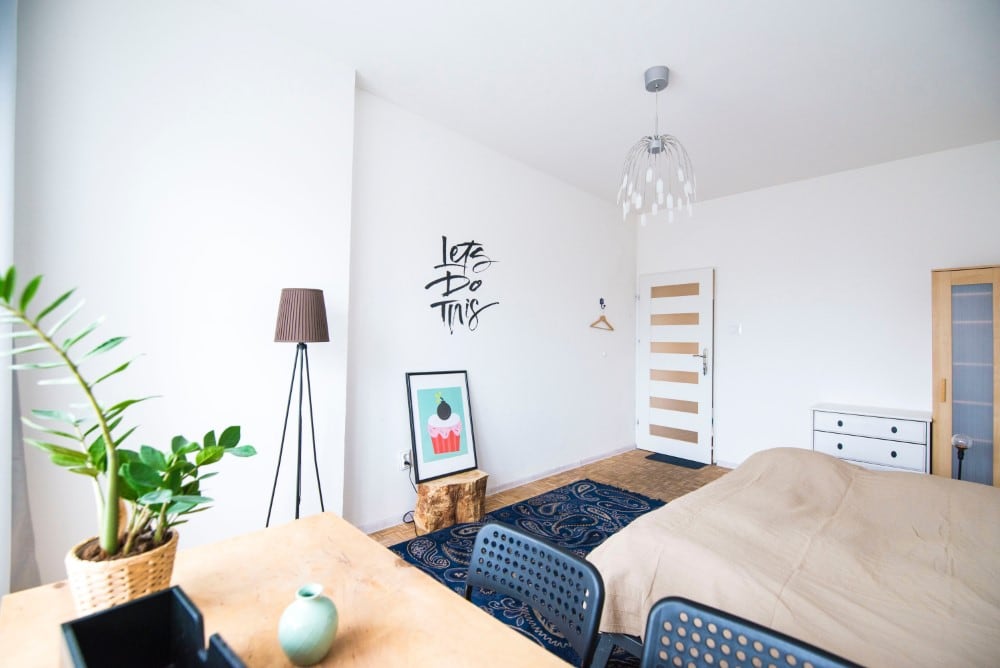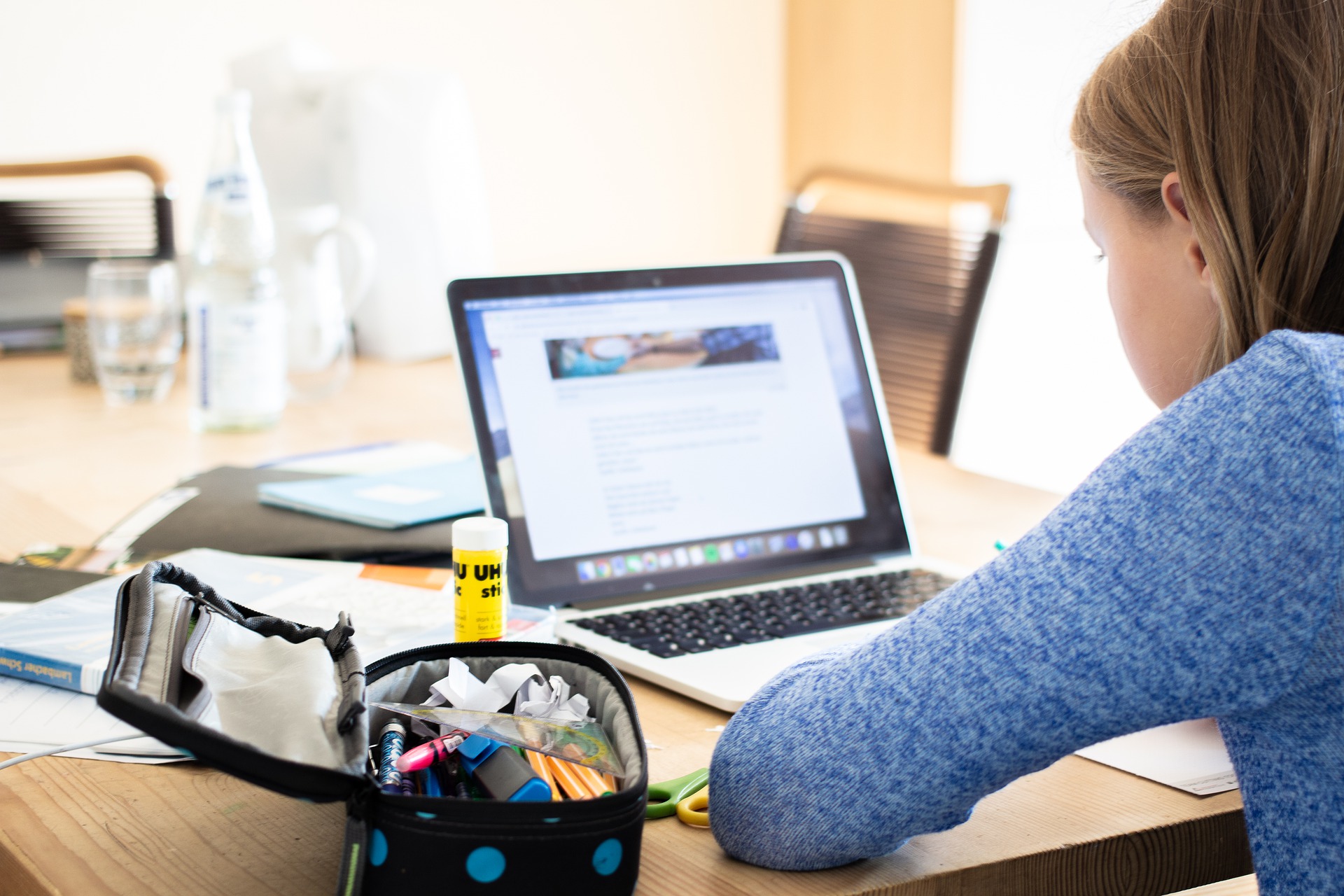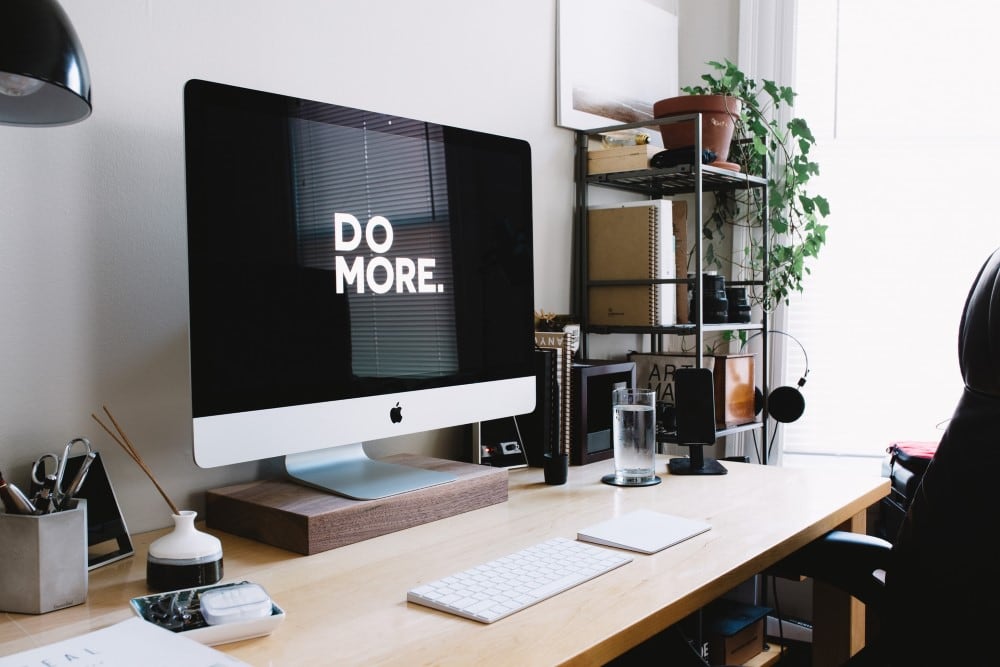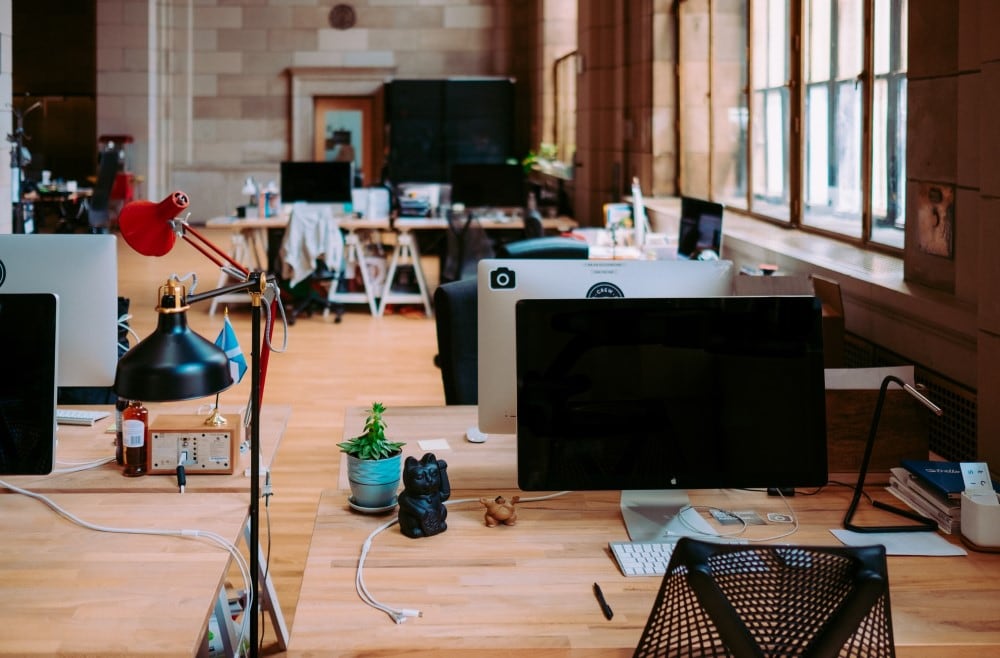
So, you want to start working from home. However, you seem to have an issue of how to get started especially when setting up your home office. What items will you include? What design or layout should you consider? Even if you think you’re running out of space, it is not impossible to build a little private office for yourself. Of course, you should not forget to integrate proper workplace ergonomics. There are ergonomic equipment, tools, and accessories that will make your home office a place for productivity and efficiency. To build a proper office in your home, these practical tips will help you build your dream office no matter the size of your home.
Find the Right Space for Your Office.
An office naturally consumes space, so the first step to planning one is to locate a good area in your home or apartment for an office. Some homes may come with an office provision, but others may have been intended for fully residential purposes. In this case, you may have to craft out your own space or identify a good spot in your living room, bedroom, or kitchen for your space.
Because some homes can be quite small, you may have to compromise with other spaces or merge certain rooms together to create your workspace. Depending on how small your office is, you might even have to utilize the space underneath the stairs or make use of a neglected corner as your office area. Once you know where to situate your office, planning how it looks and designing it should then be easier to do.
Manage Your Surroundings.
The most important part of every office will always be the workstation or the work desk. Naturally, more space will be dedicated to your work table rather than on shelves, lamps, and other decorative furnishings for the office. Because tables tend to be bulky and space-hogging, it’s important to learn how to manage your surroundings so you’ll always have space for your necessities. One way to effectively do this is to make sure you have organizers in your area. A small file organizer may be used to manage your paperwork. Cables and wires may be managed with a cable clip organizer. Nothing interrupts the continuous flow of creativity and energy in a workplace than the mess, so make sure you have the right organizers in place so you’ll never have to worry about misplaced wires and cables, books, accessories, and documents.
Experiment with the Right Colours.
Colours can affect our psyche and make our environment seem more positive or freeing than it actually is. This holds true for offices and homes, which is why most modern homes today are often designed with bright and generous splashes of colour. Many offices also utilize colours to inspire employees to work more and deliver more results. For busy agencies, you might find the different shades of blue or rich yellow to be a common sight. The reason for this is simple: both blue and yellow promote concentration. Experimenting with the right colours in your office, regardless of its size, can make your small area feel more conducive for working in.
Welcome the Sunlight!
Welcoming the sun into your office space not only helps save up on electricity costs, but they can also make your small office feel larger. Although it isn’t backed by any scientific explanation, many interior designers have attested to the wonderful benefits of sunlight. It is believed that our bodies tend to make positive emotional reactions towards bright and sunny places. Even when a certain area is small, the sunlight (or the window where it shines through) makes the environment seem more open. Consider looking for office space near a window or near some form of a natural light source.
Make a Vertical Office.
Vertical offices are a thing nowadays anyway, so it would only be logical to design your office space going upwards. This doesn’t mean building a second floor for your office, it simply means making use of your walls rather than your floors for your additional appliances or furniture. To succeed at building your vertical office, think slim and “think up.” Consider using kitchen shelves as your file cabinets or install wall lamps rather than fixing table lamps on your work desk. Instead of bulky work tables, consider using a sit-stand desk that can be adjusted to different heights instead. You can also use an L-shaped desk to accommodate several computer monitors without worrying about taking so much space.
There’s so much you can do with little creativity!
Share Your Space Intelligently.
If you live in a small home with several other people, sometimes, you can’t help sharing space. As much as you’d like to have an office to yourself, living with other people means you might encounter little invasions into your privacy. One way to share your space intelligently or to enjoy what little privacy you have in a small space is to create an office nook that is curtained off from the rest of the floor. Think of it as a boundary that keeps you from seeing what goes on throughout the rest of the floor. It may not hold off noise from the next room, but it can grant a little visual privacy. In a tiny office, sometimes, that’s good enough.
Alternatively, speak with your housemates, roommates, or family about your peak work hours. Tell them you would like to work in your small office at these hours, undisturbed. Make them understand your need for peace and quiet so you can be more creative. Let them understand that privacy could improve your productivity. With the right reasons, they’ll understand.
Final Thoughts
Nowadays, working at home is a new trend, not only because of the power of technology. This is also the ideal setup in times like these when we there social and health protocols that need to be followed. There are so many ways on how to create an ideal home office. You just need inspiration, creativity, and of course the right information when it comes to the items you will include in the





